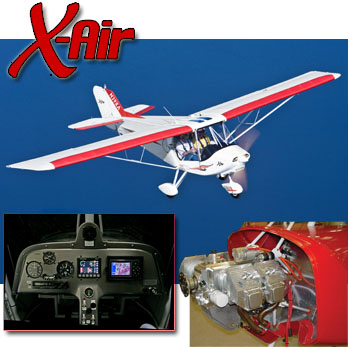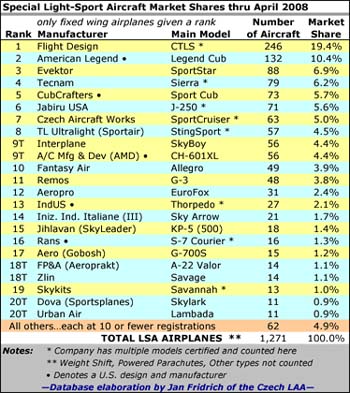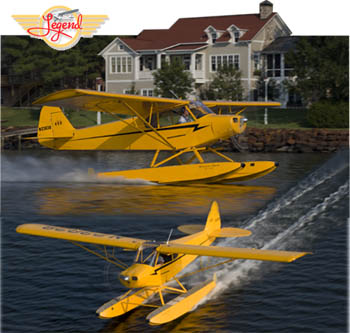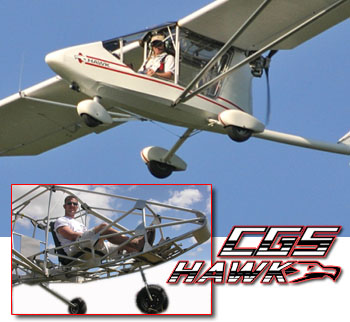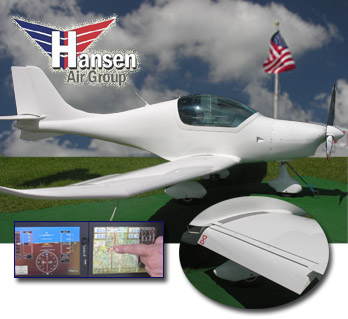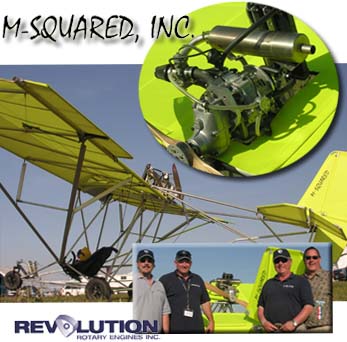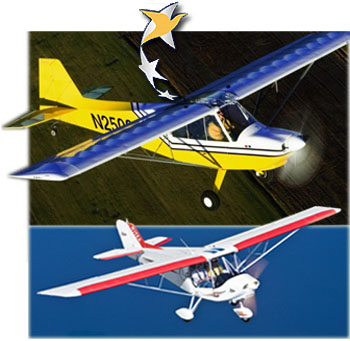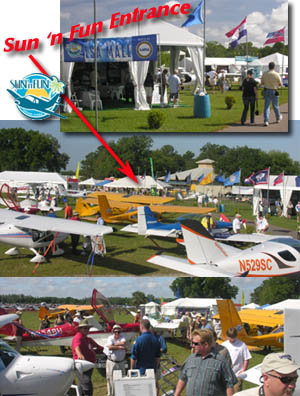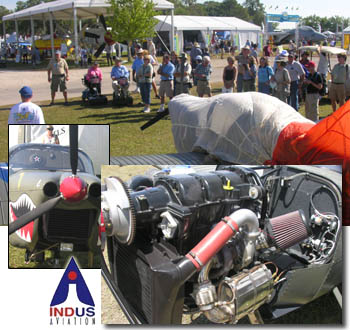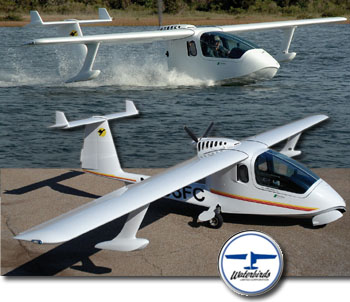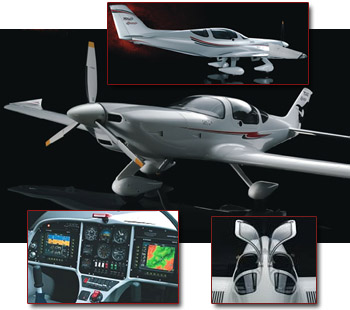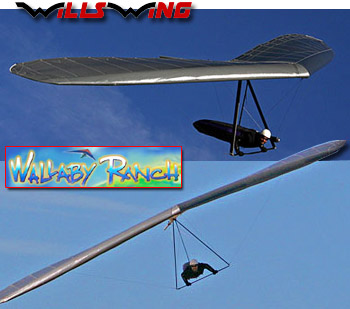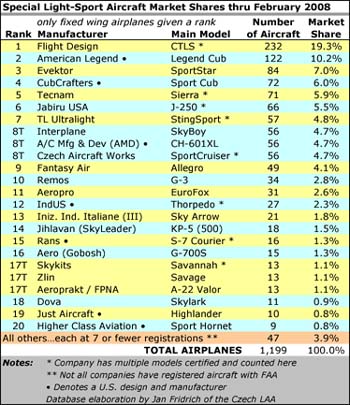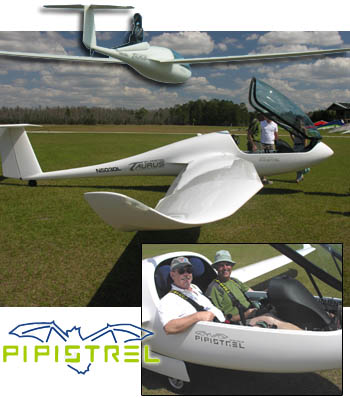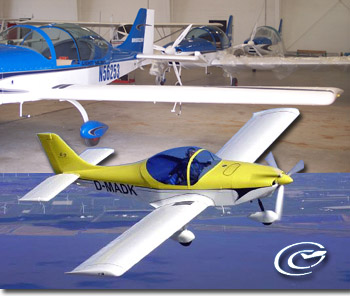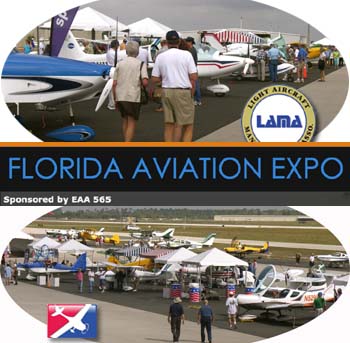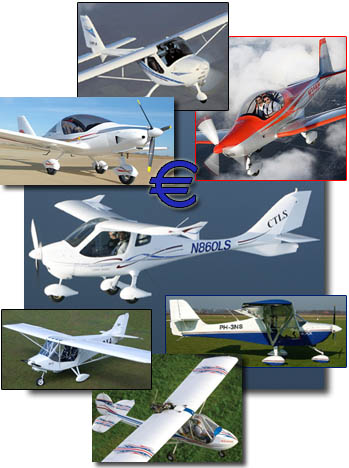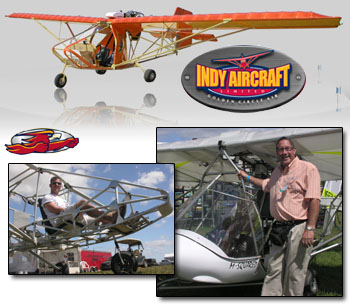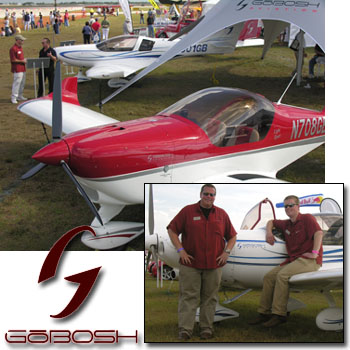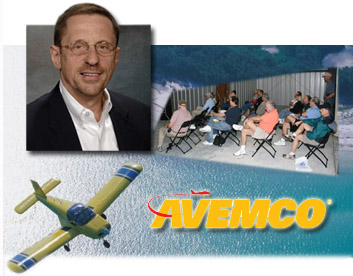
Does FAA control aviation? They regulate it (sometimes well). True control may be in the hands of insurance companies. Just try to operate your airplane, your airport, your aviation business without insurance coverage. Insurance companies help keep airports open and protect our investment in airplanes when we occasionally land a bit hard. *** One company addresses market needs differently. Avemco sells directly to pilots, not through middlemen. This may explain why Avemco is one of the country’s largest airplane insurers. *** Their top man, Avemco President Jim Lauerman, has been out doing his homework on LSA. In our conversation at Sebring 2008, Jim told me about all the LSA leaders he spoke to at the event. Following Sebring he went quite a few extra miles and paid in-person visits to AMD, American Legend, and IndUS Aviation. *** Since Lauerman is personally willing to look carefully at LSA, industry players are likely to heed his advice out of respect for his interest and thoroughness.



